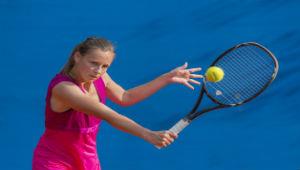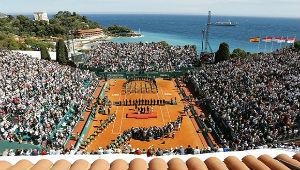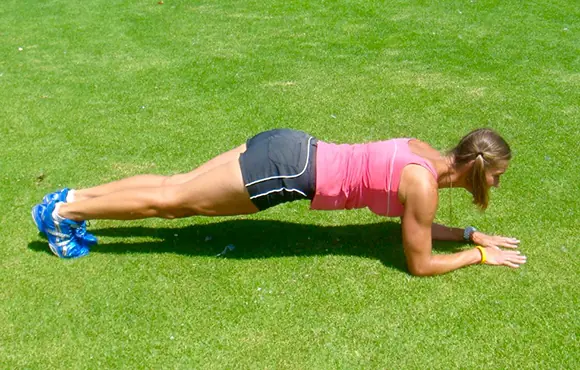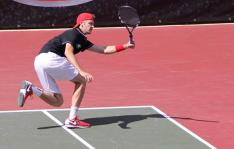Reverse Forehand
Tennis Events Near You
Adult Advanced Tennis
Columbus Recreation and Parks Department • Columbus, OH
Racquet sports
Adult Tennis- Mixed Doubles League Play
Columbus Recreation and Parks Department • Columbus, OH
Racquet sports
Adult Beginning Tennis
Columbus Recreation and Parks Department • Columbus, OH
Racquet sports
The other forehand finish is the reverse finish. I call it the reverse because during the follow-through the racket head moves slightly forward through the ball, but then moves upwards and then backwards in the opposite direction from the hit.
This is the finish so many of the top players now use, Rafael Nadal being the most obvious example.
| Pete Sampras's running forehand was the shot that first brought a lot of attention to the reverse forehand. |
Pete Sampras's running forehand was the shot that first brought a lot of attention to the reverse forehand, but every player in the game uses it to a greater or lesser extent.
Hitting the reverse forehand adds options. With the reverse, a pro player can save himself a minimum of 10 points in an average match. That's a huge difference.
I didn't somehow invent this shot. I learned about it from watching top players. Working with Pete Sampras was when I really started to notice and understand it for the first time.
I still have a tape of Pete taken in the late 1980s hitting a reverse forehand. I hit him a hard, deep ball and he reverses the finish. And the next one he does the same thing. I'm yelling at him, "Well, what are you doing? Why don't you move your feet?"
And Pete responds, "Robert, the ball skidded on the line." So he was responding to a fast ball that was skidding and he was reversing his finish. But at that time I didn't understand it. Pete didn't understand it either. But for Pete, it was just a natural reaction to the ball.
Later on, I didn't complain about Pete reversing it because I was starting to understand what was going on. When you saw Pete play when he was the best player in the world, he hit tons of reverse forehands. People would always say, "I can't believe it! Look how the ball curved back into the court on his running forehand."
| Rafael Nadal hits more reverse forehands than any player on the pro tour. |
By the end of his career he was reversing more and more on different balls, even approach shots. At that point, reverses accounted for about 30 percent of his forehands.
When you hit the reverse forehand, it has quite a bit of topspin on it. When Pete would hit his regular forehand, it was a little flatter. So the reverse forehand for Pete may have accomplished some of the things that other players now accomplish with the downward finish.
When I teach the reverse, I always have players hit regular forehands, but I have them follow-through down. It's probably important to learn to drive through the ball first with more of an up-front finish. Later you add the downward finish across the body, and you add the reverse.
The game is always changing and players are always finding new ways to improve their shots. And in the future if some player comes up with a new finish nobody has ever seen I'll probably try to figure that one out, too.
< previous | 1 | 2 | 3Robert Lansdorp has developed dozens of world-class junior and professional players, including Mara Sharapova, Pete Sampras, Lindsay Davenport and Tracy Austin.?For more of Robert's views on what goes into the making of a champion, visit TennisPlayer.net










Discuss This Article